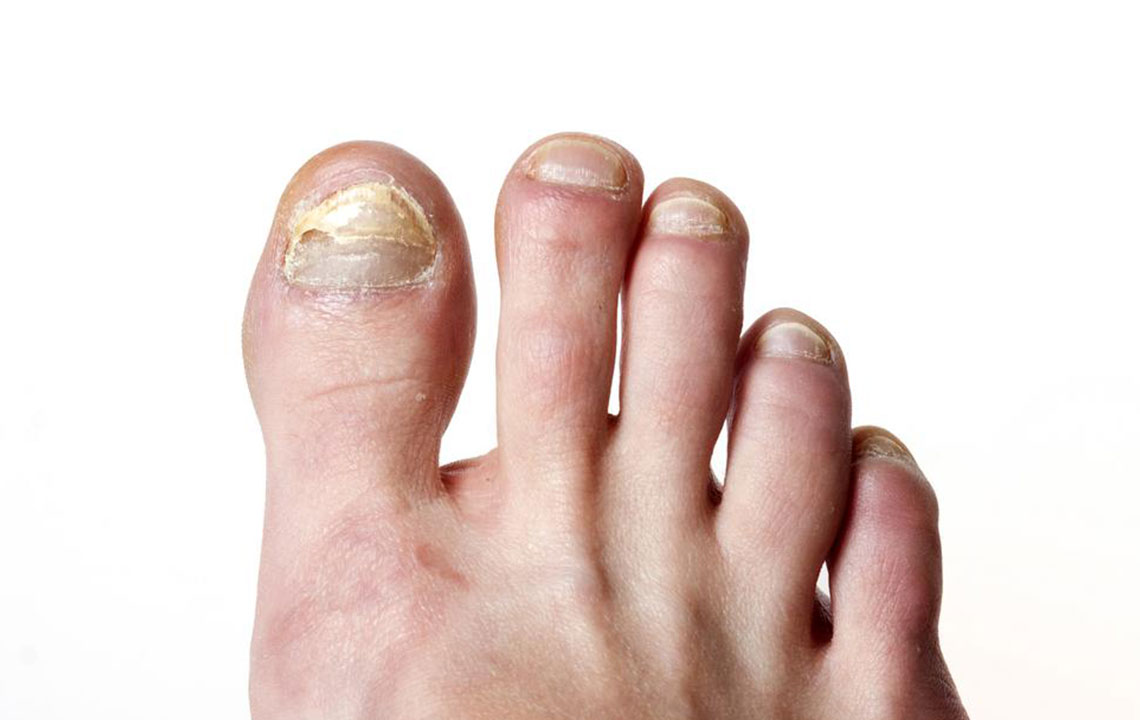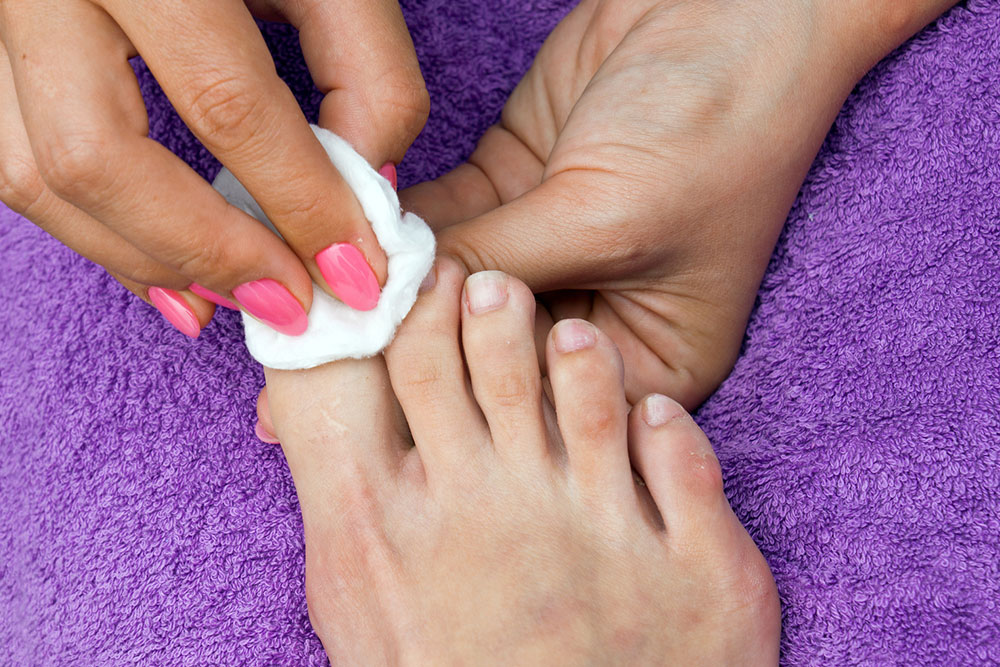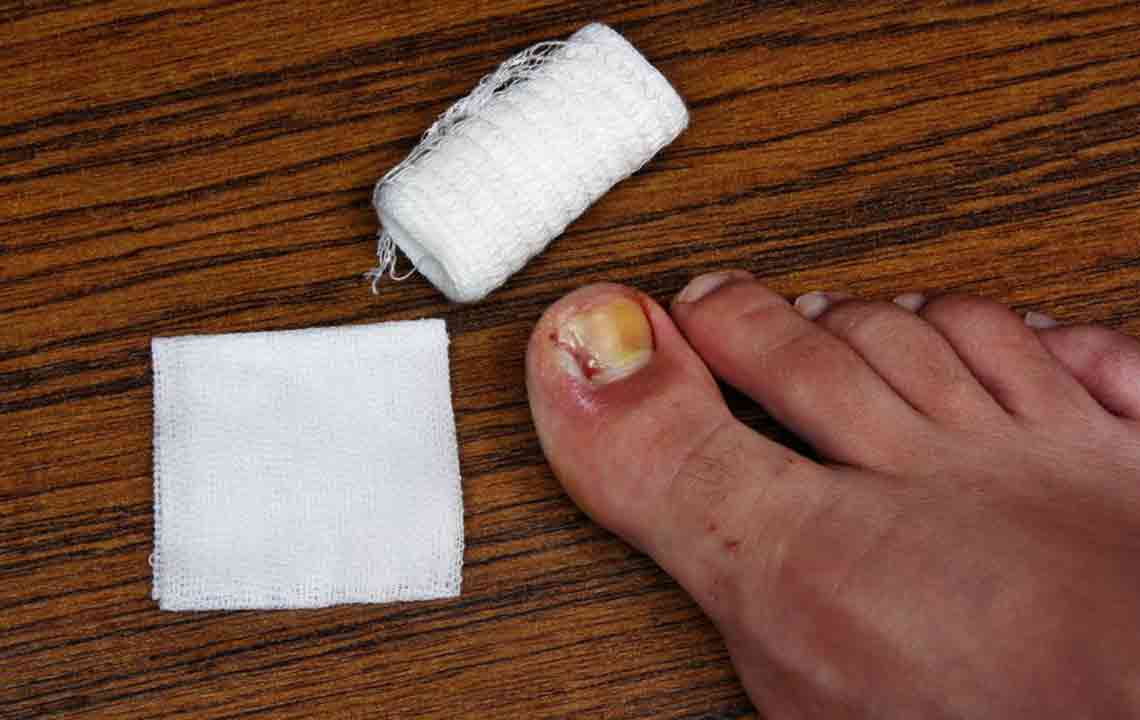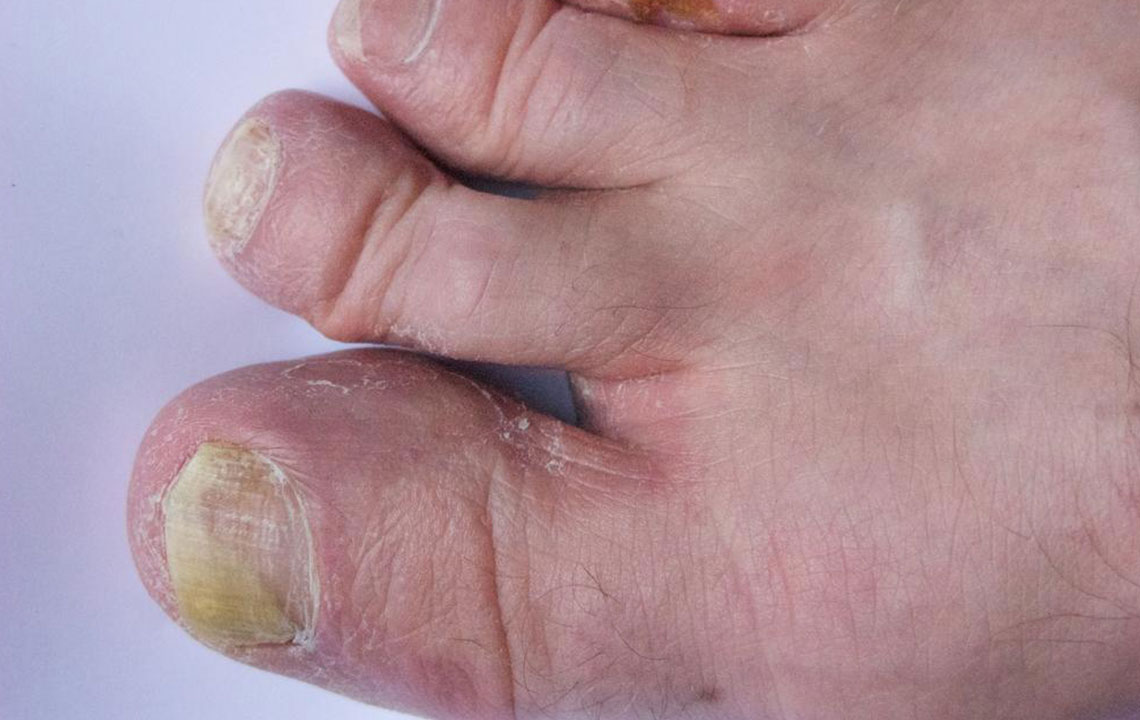Comprehensive Guide to Identifying and Treating Early Signs of Nail Fungal Infections
This comprehensive guide explains how to recognize early signs of nail fungal infections, including discoloration, thickening, and deformity. It emphasizes the importance of early detection, proper foot hygiene, and prompt treatment to prevent severe complications. Regular inspections and preventative measures can help maintain healthy nails and avoid the discomfort associated with fungal infections. The article also provides practical tips for treatment options and professional care, making it an essential resource for anyone concerned about nail health and fungal risks.

Nail fungal infections, medically referred to as onychomycosis, are common conditions that affect millions of people worldwide. These infections primarily target the toenails but can also impact fingernails. Understanding how to recognize the early signs of nail fungus is essential for prompt treatment and preventing more severe nail or skin issues. Nail fungal infections often develop gradually, beginning with subtle changes that can easily be overlooked. Because early intervention can significantly improve treatment outcomes, regular self-examinations are recommended for everyone.
Fungal infections of the toenails often develop when feet are enclosed in tight, non-ventilated footwear for extended periods. Such conditions create a warm, moist environment conducive to fungal growth. Poor foot hygiene, including infrequent washing or neglecting dry feet thoroughly, also contributes significantly to the risk of infection. Wearing damp or sweaty shoes without allowing them to dry properly can be a breeding ground for fungi. Additionally, shared footwear, public showers, and swimming pools can expose individuals to fungal spores, increasing infection susceptibility.
The first signs of toenail fungus can be subtle. These typically include changes in the appearance, texture, and color of the affected nails. One common early symptom is discoloration—nails may turn white, yellow, brown, or even greenish. Over time, the nail may become thickened, making it difficult to trim or clean. The surface of the nail often develops irregularities, such as ridges or crumbling edges. In some cases, the nail may lift off the nail bed or become deformed. The surrounding skin might also show signs of infection, such as redness, swelling, or a flaky texture.
Detecting these early symptoms is vital because fungal infections tend to worsen if left untreated. As the infection progresses, nails may become more brittle or crumbly, and debris can accumulate underneath. Persistent infections can lead to discomfort, pain while walking, or even secondary bacterial infections. Furthermore, the aesthetic impact of visibly infected nails can lead to embarrassment and decreased self-confidence.
Preventative measures are key to avoiding nail fungal infections. Maintaining good hygiene practices—such as washing and thoroughly drying feet daily, especially between toes—is essential. Using antifungal powders or sprays in shoes can reduce fungal spores. Wearing breathable, moisture-wicking socks and choosing shoes made of natural materials also helps keep feet dry. If you notice any early symptoms, seek treatment promptly—over-the-counter antifungal creams are often effective for mild infections, while more severe cases may require prescription medications or professional medical intervention.
Regular foot inspections are crucial, particularly for people at higher risk, such as athletes, individuals with diabetes, or those with compromised immune systems. Early detection allows for simpler, more effective treatment options and can prevent the need for invasive procedures like nail removal. Keeping toenails trimmed and sanitized minimizes the risk of fungal spread. If you notice persistent symptoms or if the infection worsens despite treatment, consult a healthcare provider or dermatologist for comprehensive assessment and tailored treatment plans.
In conclusion, being vigilant about early signs of nail fungal infections can save you from discomfort, advanced nail damage, and further complications. Recognizing changes in nail color, texture, and appearance, coupled with good foot hygiene and prompt treatment, can effectively manage and eliminate fungi. Remember, proactive care and early intervention are your best defenses against toenail fungus, ensuring healthier nails and feet for years to come.





